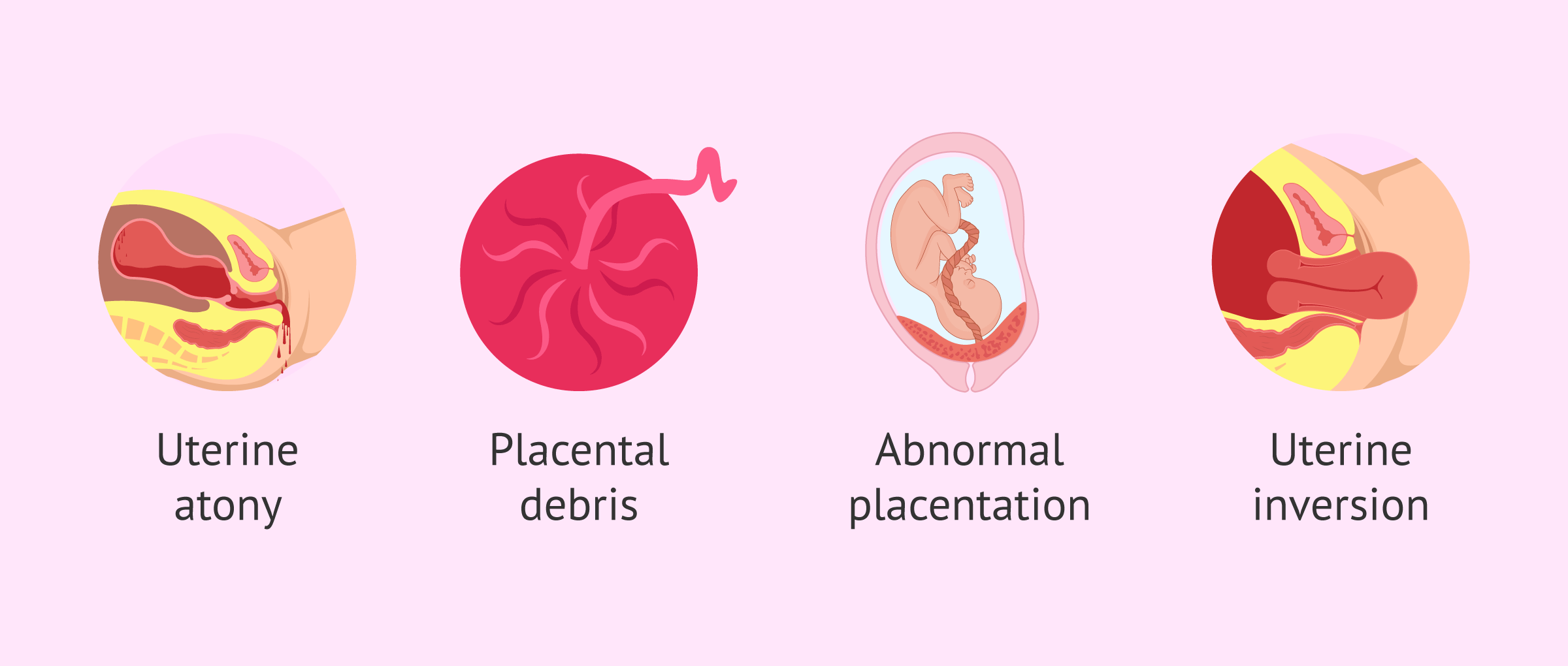Blood clotting problems or disorders can increase the risk of bleeding after childbirth. However, this is not the only reason for postpartum haemorrhage.
The possible causes of postpartum bleeding are grouped under the four T's rule: tone, trauma, tissue and thrombin.
Tone refers to the inability of the uterus to contract. In addition, if placental debris remains, abnormalities in the placenta may also cause bleeding after delivery. Likewise, inversion, or pathway of the uterus, could cause postpartum haemorrhage.
Read the full article on: What causes postpartum haemorrhage and how is it treated? ( 49).
By Marta Barranquero Gómez B.Sc., M.Sc. (embryologist) and inviTRA Staff.
Last Update: 03/06/2023
